.JPG)
Land Between the Lakes is a National Recreation Area with 300 miles of shoreline and more than 500 miles of hiking and biking trails spread over 170,000 acres. Needless to say, it's huge.
The layout is simple. It's literally a hunk of land between two lakes that run north and south: Kentucky Lake on the west and Lake Barkley on the east.
For anyone wanting something relaxing and remote, this would be a good choice. There is not a lot of entertainment or sightseeing to be done, but those who enjoy boating and fishing will find the supply endless.
I stayed at LBL for two and a half days, which was sufficient for me and probably for someone who wouldn't take advantage of the numerous lake activities that are available.
Woodlands Trace National Scenic Byway is the major route north and south through the park. It connects, among other things, a North and a South Welcome Station at the north and south entrances to the park.
Two highlights were the Elk and Bison Prairie and the Homeplace, an 1850s living farm. One may spend more time than planned for such outings because of the driving distances between them. For example, the distance between Dover, Tennessee at the south end of the park and Grand Rivers, Kentucky at the north end is right around 50 miles and one hour's drive due to the park's speed limit.
The park was beautiful, but my opinion is that not everything that is beautiful is picturesque. As someone who enjoys photography, I must admit I was a bit disappointed. Afterall, one can take only so many shots of vast blue lakes and thick green shorelines. So, here are pictures that I collected while there. To boaters: go, go, go! The waters as well as several camping grounds are at your disposal.
.JPG)
.JPG)
.JPG)
.JPG)
.JPG)
.JPG)
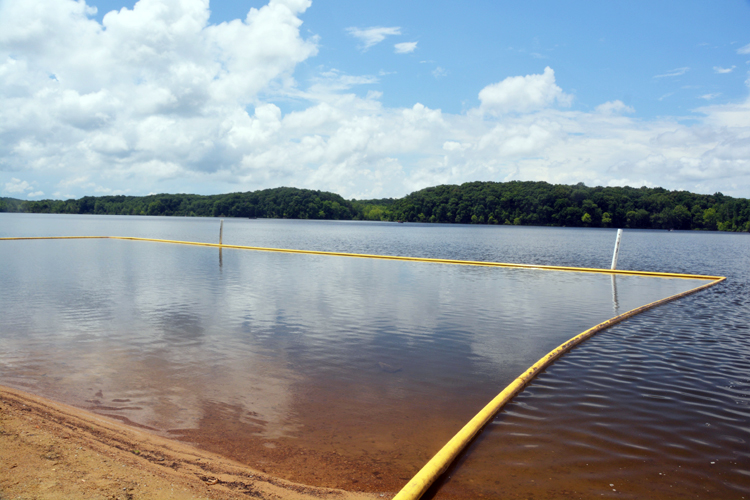
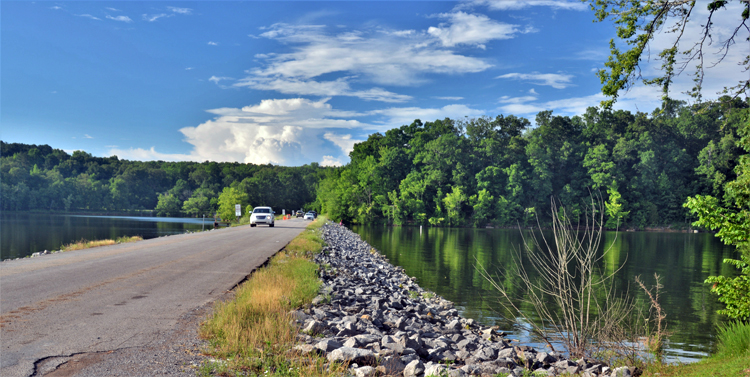
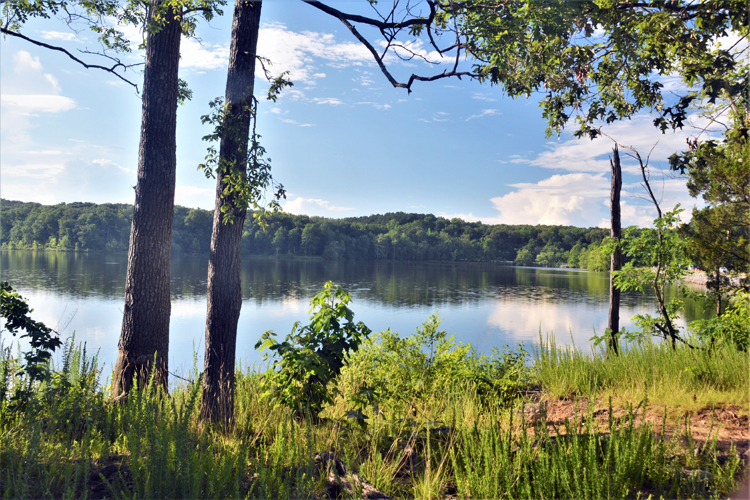
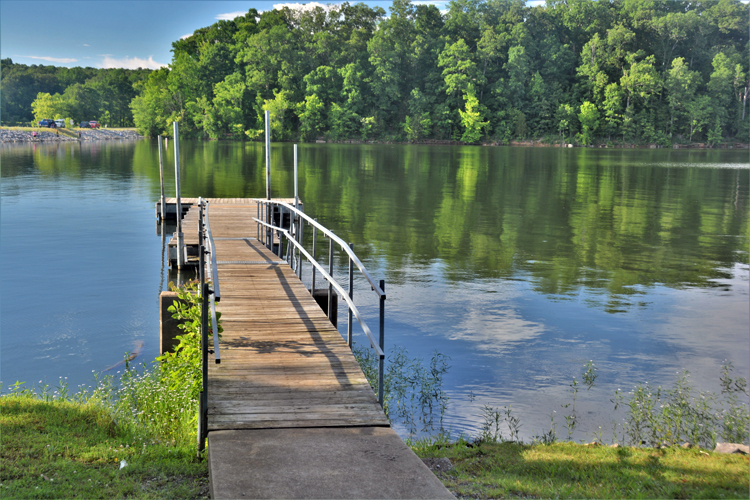
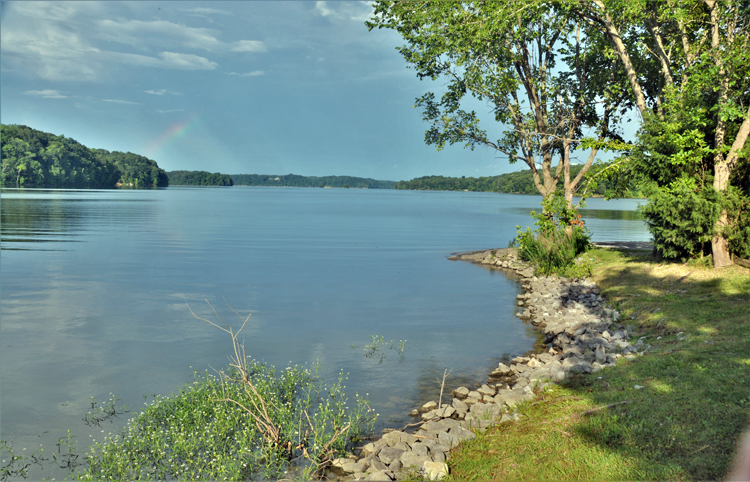
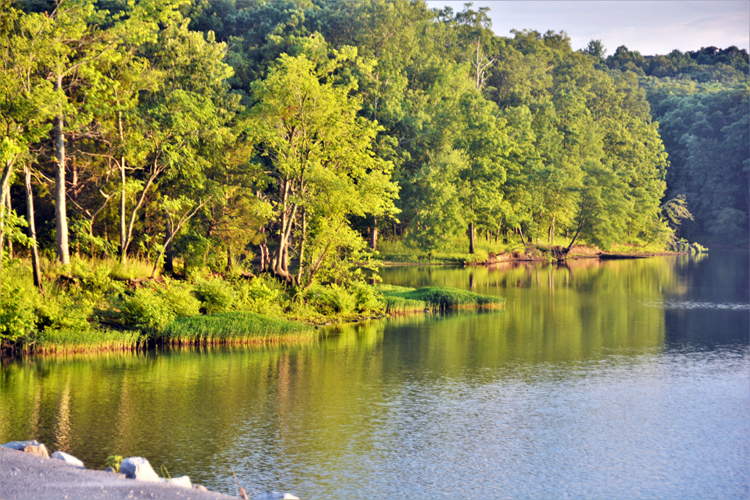
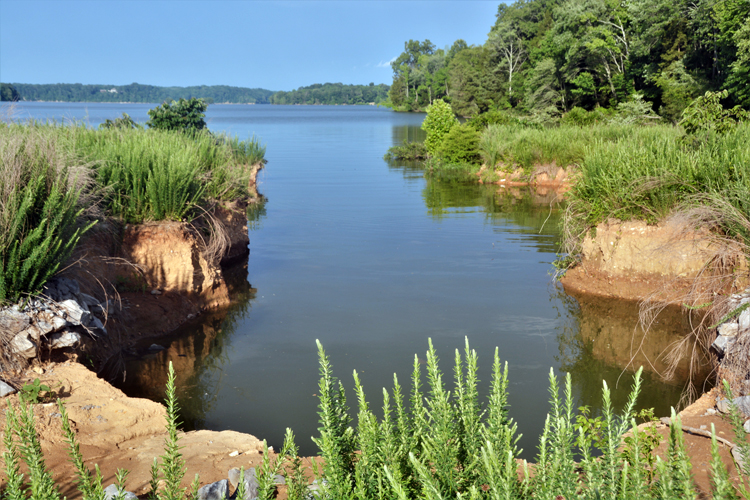
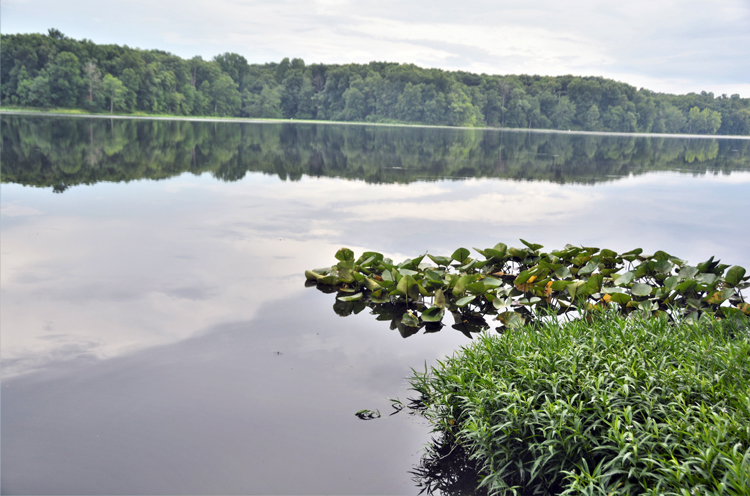

.JPG)

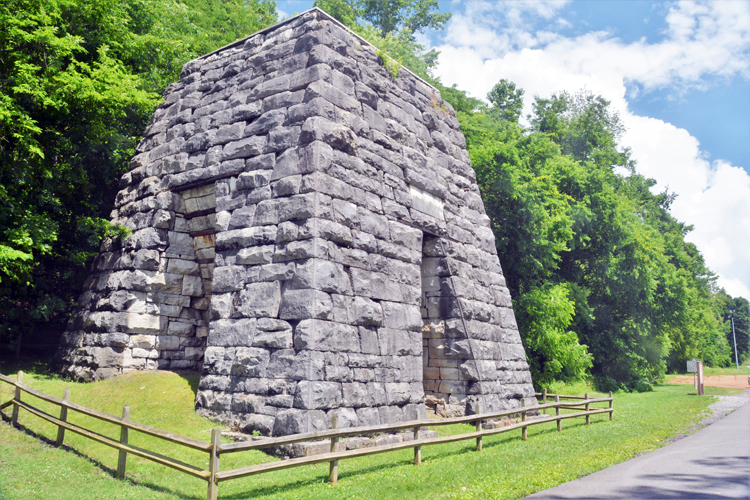


.JPG)
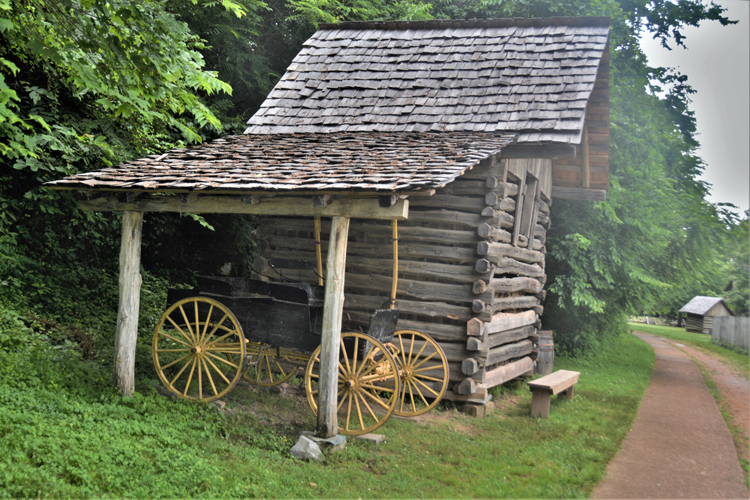
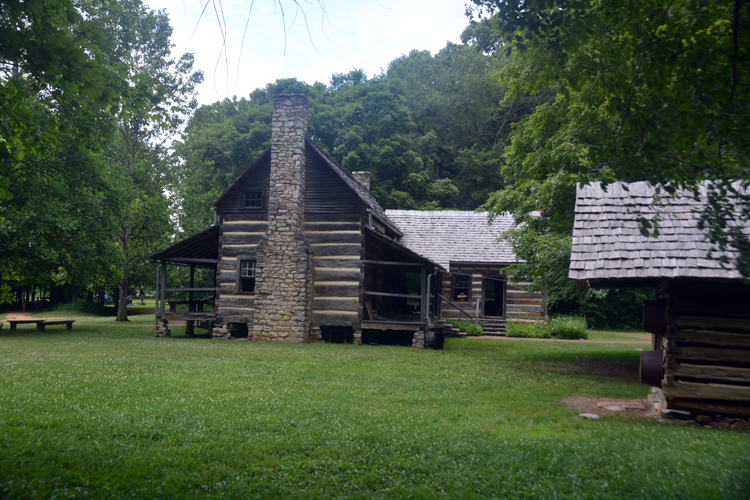
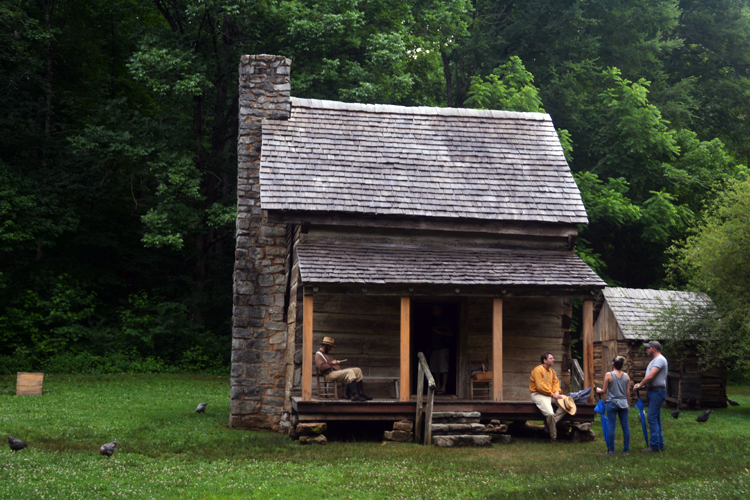
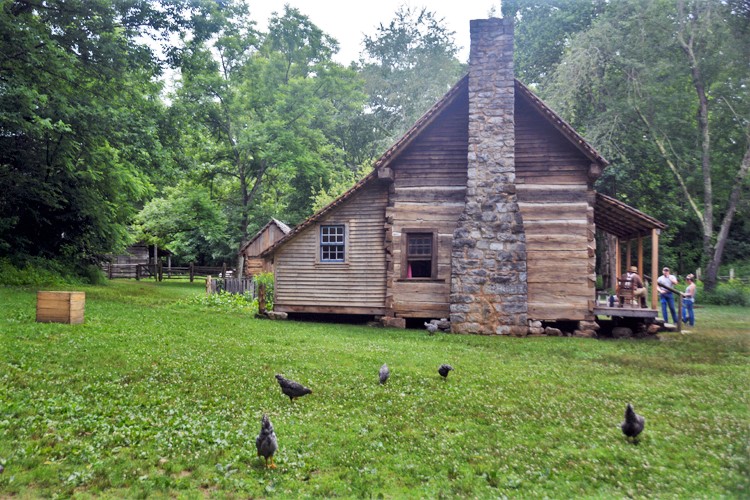
.JPG)
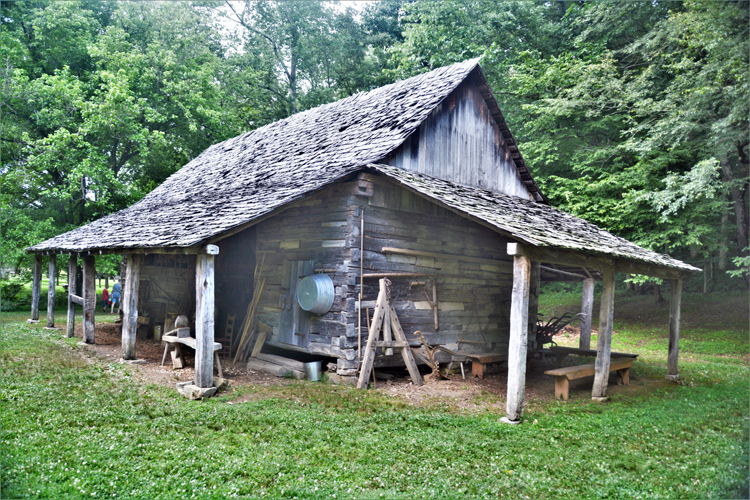
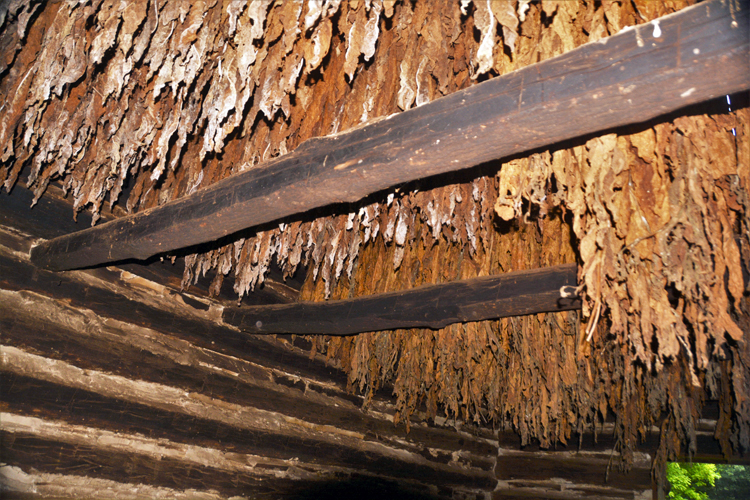
.JPG)
.JPG)
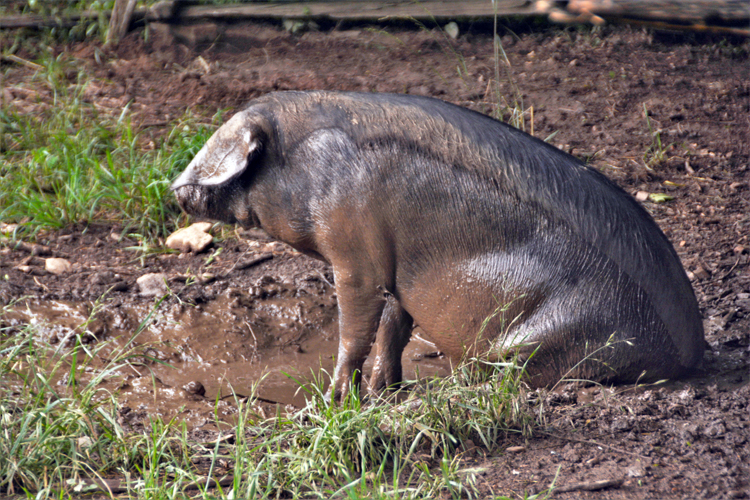
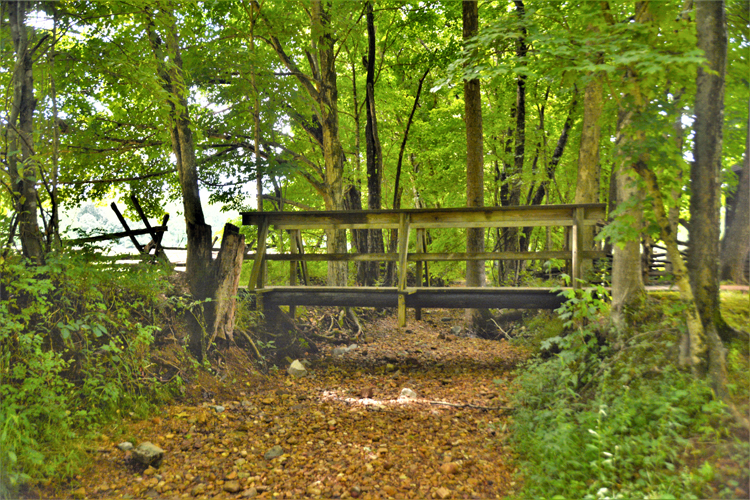
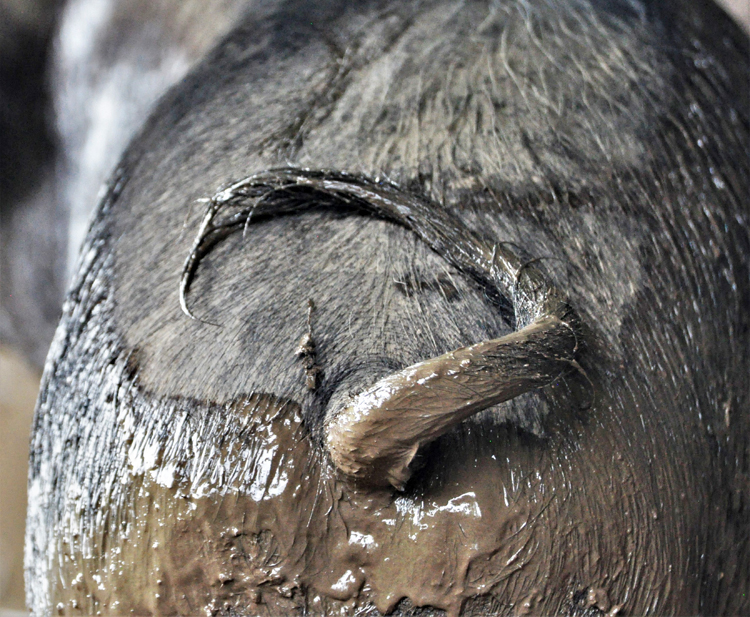
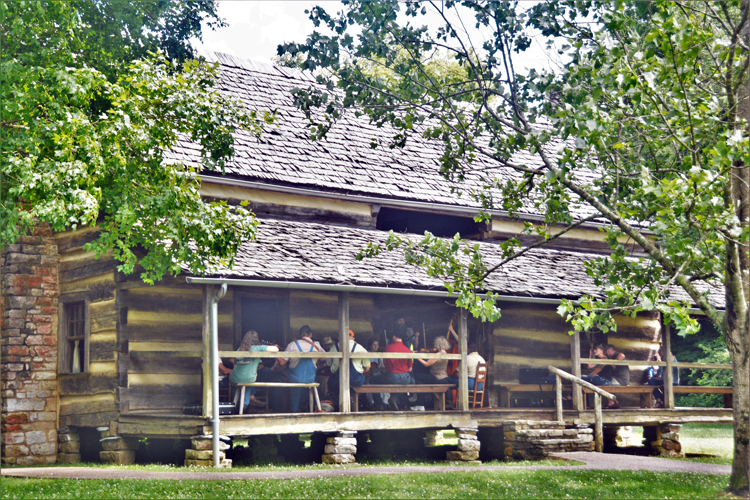
.jpg)
.JPG)
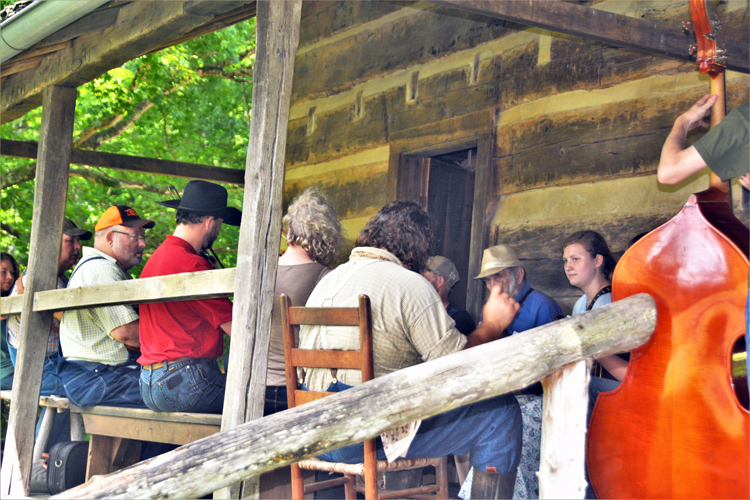
.JPG)
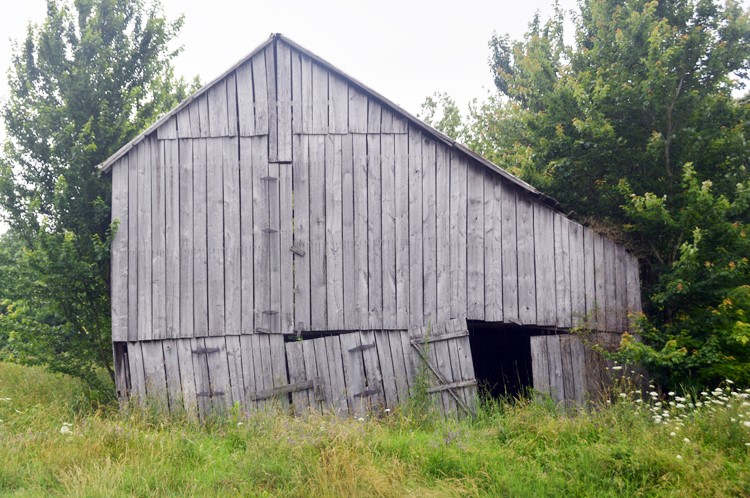
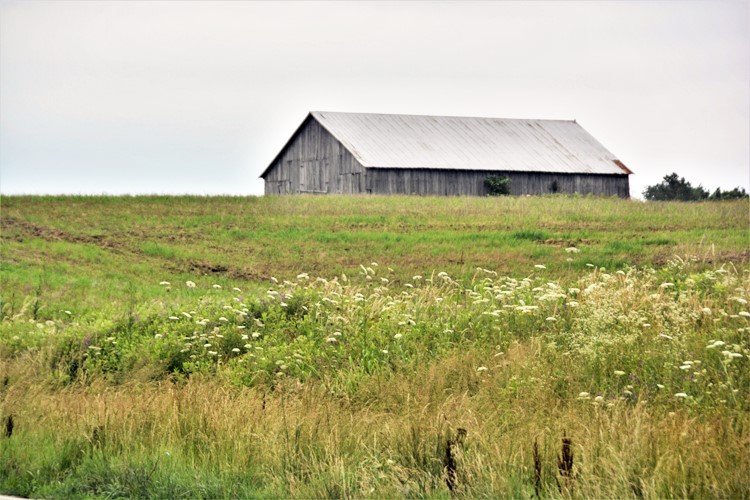
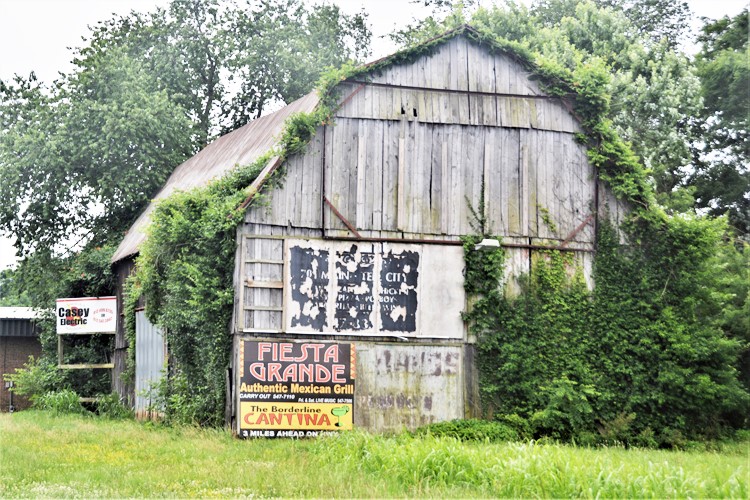
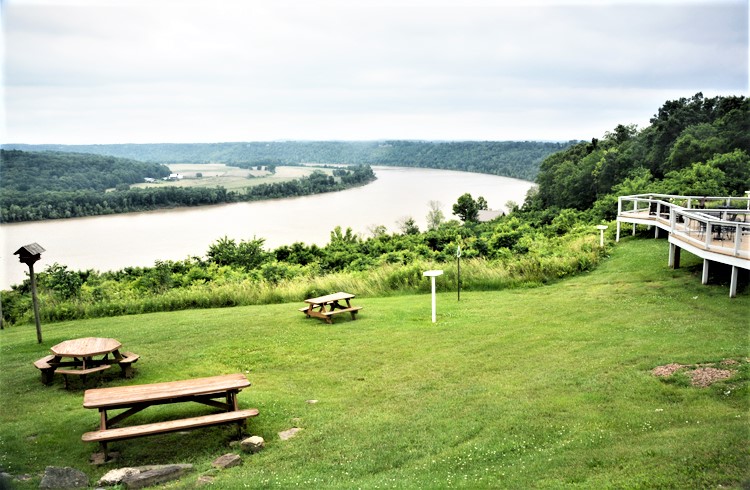
This and the remainimg shots were taken in the tiny village of Story, Indiana. Population as of 2019: 3. Founded in 1851 by Dr. George Story, the town was thriving as a lumber town and in later years agriculture, until the 1930s. As the population dwindled, so did the success of the town, and it lay dormant for years. All that remained in business were the general store, well known in the county for its supply of items. In the 1970s it was purchased by a couple who added the Story Inn and a kitchen for guests' meals. Progress was being made, and it continued on as a new owner came onboard in 1999.
Situated between Brown County State Park and the Hoosier National Forest, the town now is once more up for sale...with the stipulation that the spirit of Story never fades.
The town is about an hour south of Indianapolis and is on the National Register of Historic Places. Don't expect TVs or cell service, but do expect good food and tranquil relaxation.
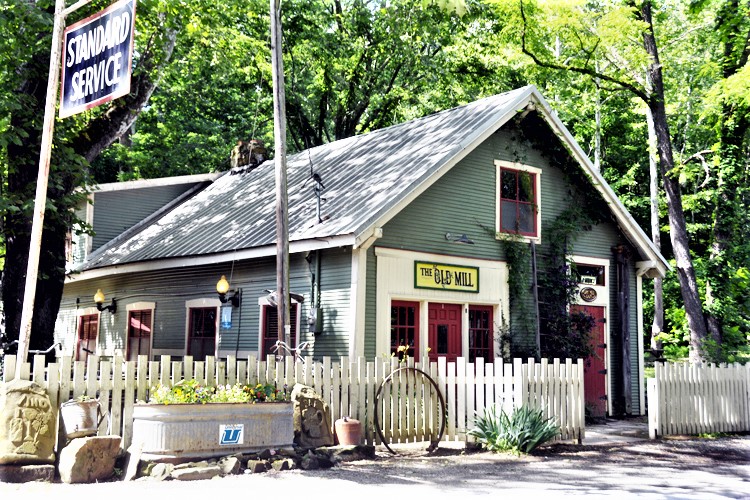
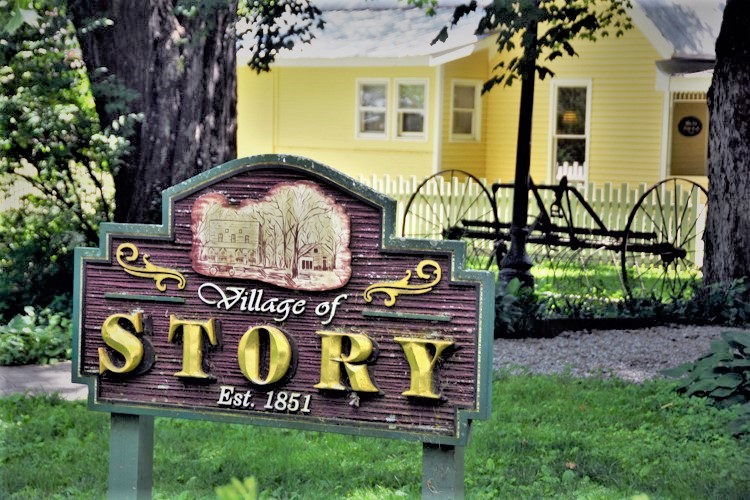
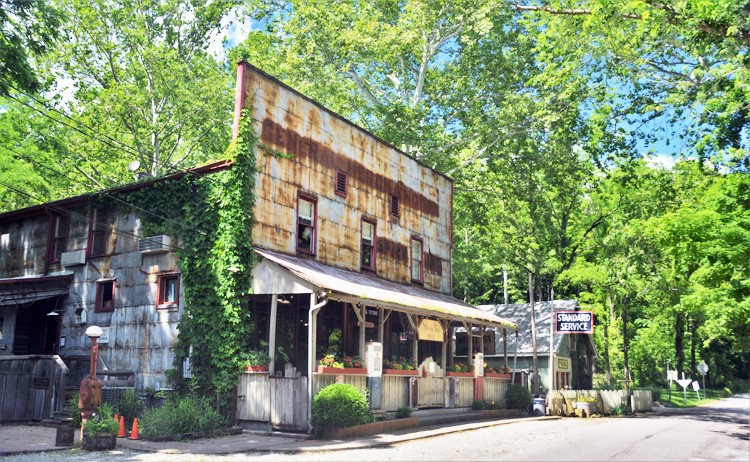
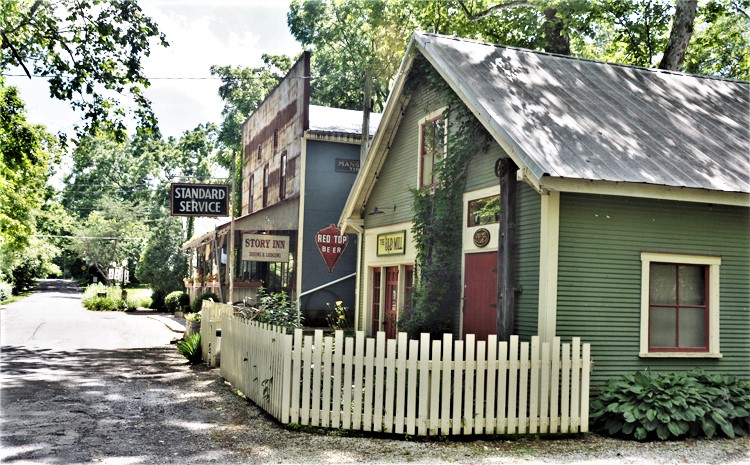
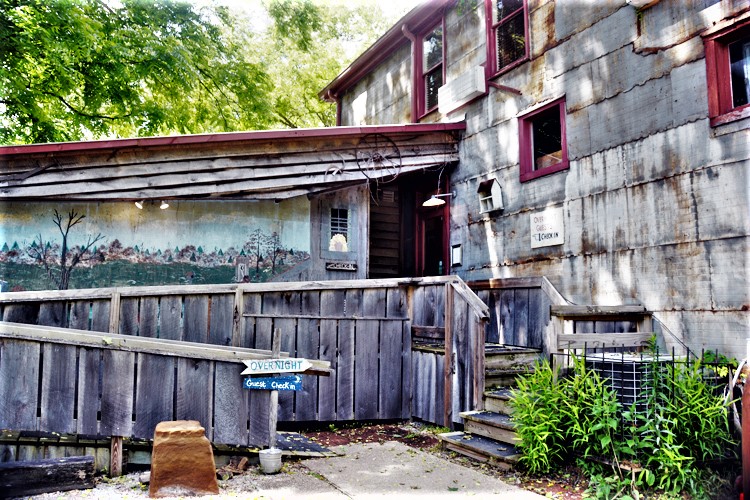
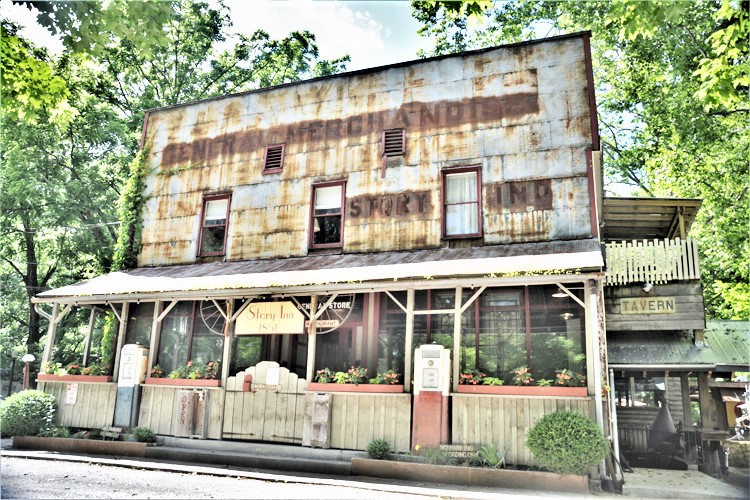
Thank you for visiting these photo pages.
If you're interested in seeing more, please return to my Main Menu at the bottom of my home page and make your selection.
All images within thewanderingchick.com Web site are copyright protected. They may not be downloaded or otherwise copied.
Please contact me if you think a particular photo or set of photos can be used in your publication.